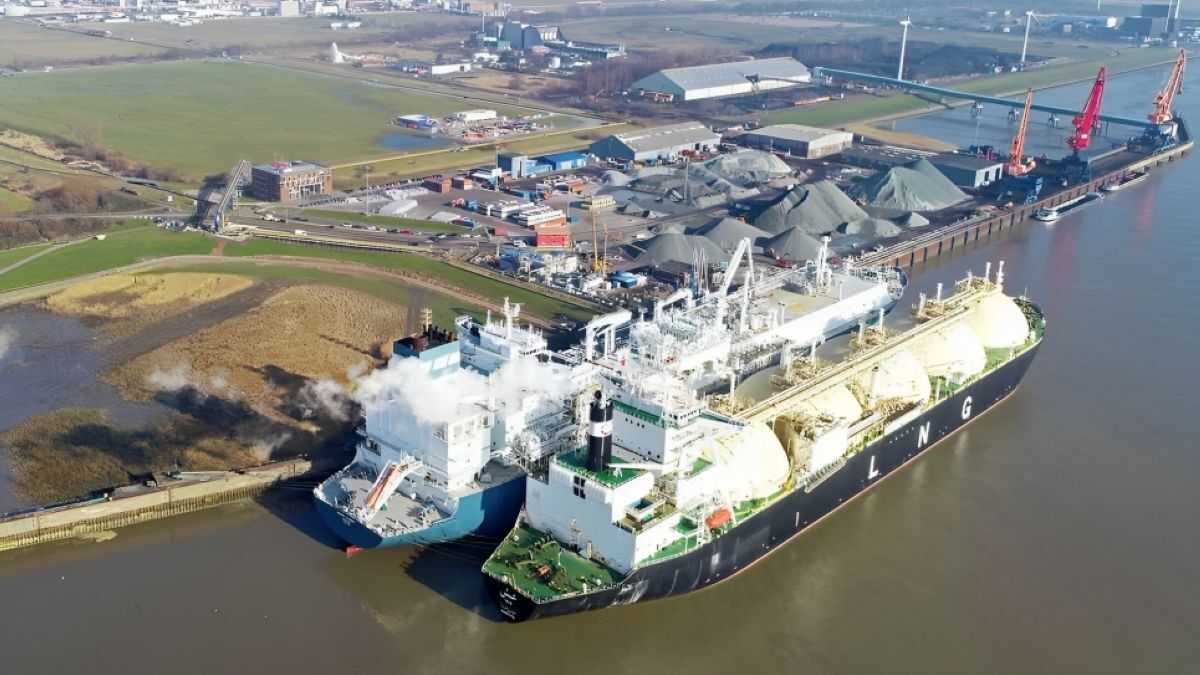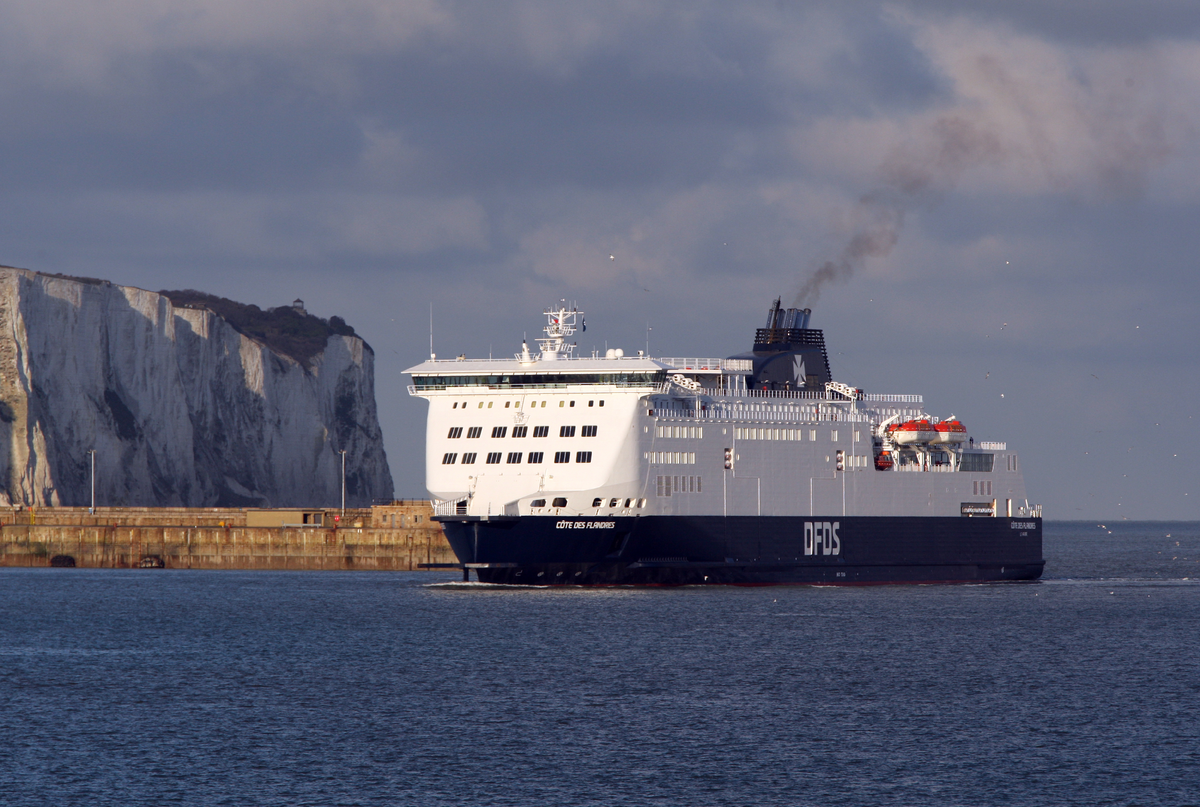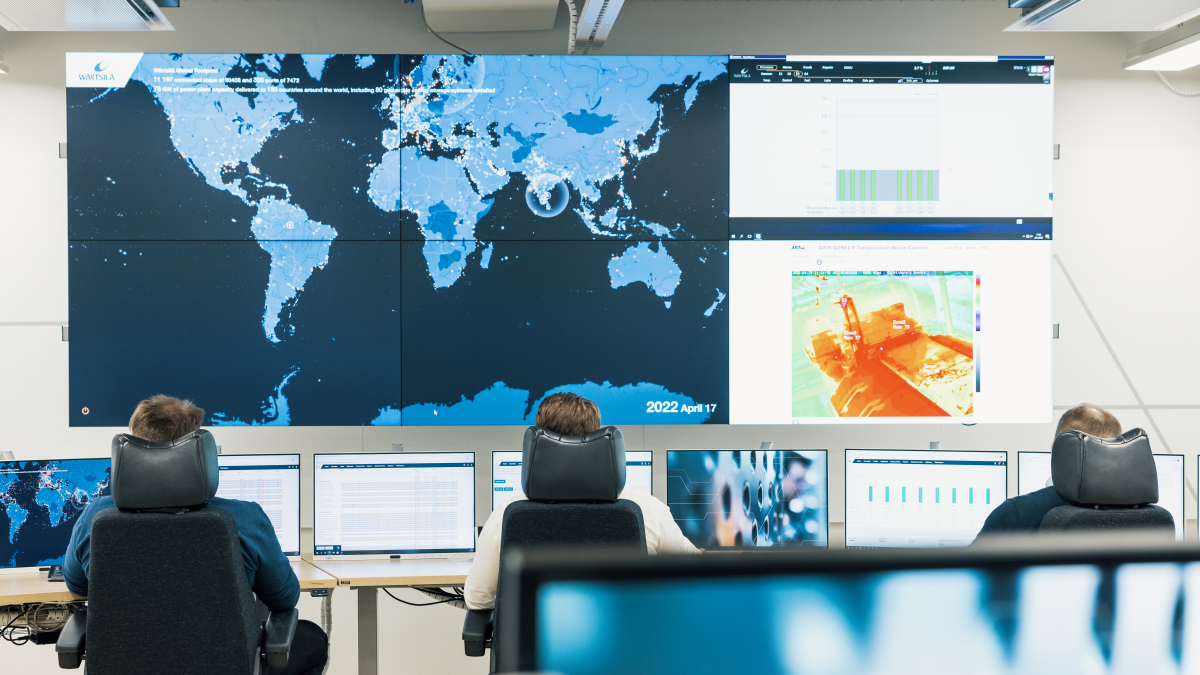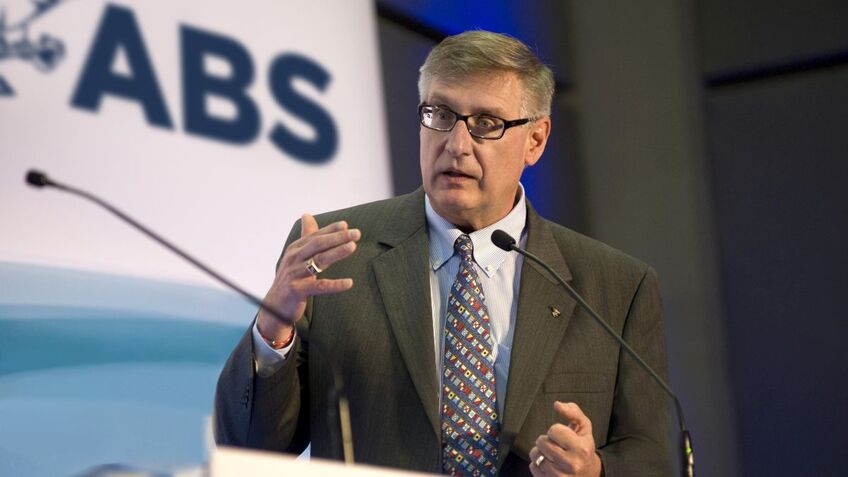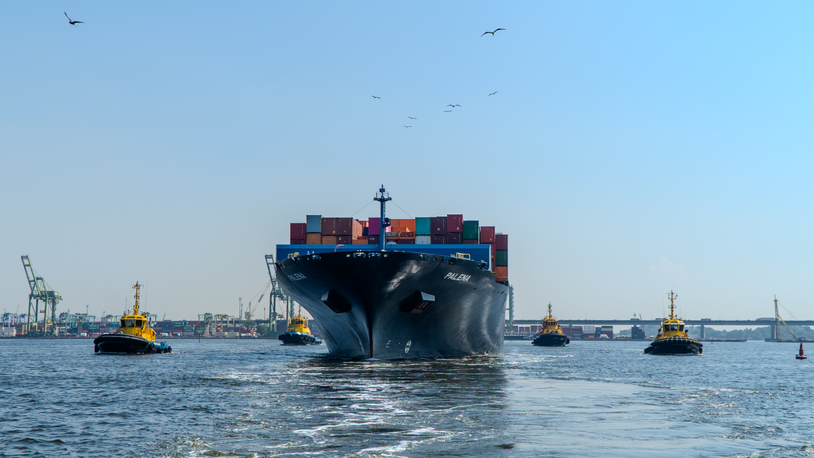Business Sectors
Events
Contents
Gas carrier owners embrace LPG, but can it win other converts?
LPG as a fuel is gaining traction as a pathway towards zero net carbon fuels such as ammonia and methanol, but questions remain about its broad appeal outside the gas carrier sector
There has been a surge in the uptake of LPG as a fuel, providing a pathway to net zero fuels and benefits for new efficiency regulations, but its limited availability could hinder its application outside the LPG carrier sector.
These were some of the key takeaways from panellists at Riviera’s LPG as a marine fuel: lessons learned from the pioneers webinar, produced on 8 March and supported by the World Liquefied Petroleum Gas Association (WLPGA) as part of Marine Propulsion’s Marine Fuels Webinar Week. Panellists at the webinar examined recent LPG-fuelled vessel retrofits and newbuilds, discussing some of the benefits and challenges of using LPG as a marine fuel, technical issues regarding regulations and project planning and fuel availability.
Setting the table for the webinar was Lloyd’s Register Offshore & Marine global gas segment manager Panos Mitrou, who provided a brief history of LPG as a marine fuel and its current uptake. Mr Mitrou noted that the first LPG fuel project was undertaken by EXMAR with design appraisal by Lloyd’s Register in 2012. “The uptake today ranges from the small LPG segment to the largest very large gas carrier designs,” he said, “with more than 60 units projected for LPG fuel, including retrofits.”
He noted that experience with LPG as a fuel is building globally, with all the major shipbuilding countries – South Korea, China and Japan – involved in projects.
Still, Mr Mitrou said, LPG as fuel “lacks application in non-LPG carriers, but with the current momentum and experience mounting, this could change.”
Lloyd’s Register has six LPG vessel projects in its portfolio: 1. five 86,000 m3 VLGCs at Jiangnan for Wideshine; 2. two 86,000 m3 VLGCs at Jiangnan for Exmar; 3. two (with options for two more) 91,000 m3 VLGCs for Avance Gas/Frontline at Daewoo Shipbuilding & Marine Engineering; 4. two 38,000-m3 LPG gas carriers for Byzantine Maritime at Hyundai Mipo Dockyard; 5. two 91,000-m3 VLGCs for Union Maritime at Hyundai Heavy Industries; and 6. three 40,000-m3 LPG gas carriers for EPS at Hyundai Mipo Dockyard.
![Panos Mitrou (LR): “[LPG as fuel] lacks application in non-LPG carriers, but this could change” (source Lloyd’s Register) Panos Mitrou (LR): “[LPG as fuel] lacks application in non-LPG carriers, but this could change” (source Lloyd’s Register)](https://dvzpv6x5302g1.cloudfront.net/AcuCustom/Sitename/DAM/097/Panos_Mitrouwebz.jpg)
Net zero carbon pathway
At the heart of Mr Mitrou’s presentation, he discussed the pros and cons of using LPG as a marine fuel. From an environmental standpoint, Mr Mitrou pointed out, LPG as fuel provides the benefit of eliminating SOx emissions, while reduction NOx and greenhouse gas (GHG) emissions by 13 to 17%. Additionally, he said it could provide “a credible alternative with a projected net zero carbon pathway.” Mr Mitrou said it was important to keep in mind, “the low capex and competitive pricing of LPG today, in conjunction with its compatibility to methanol and ammonia and potential availability of green/blue methanol and ammonia in the next 10 to 15 years, as well as carbon capture and storage.”
He also noted the global infrastructure for LPG and its lower capex than LNG when retrofitting a vessel.
Admittedly, however, Mr Mitrou said LPG was not the perfect solution, given that it is still a hydrocarbon derived from oil resources, and only has moderate GHG emissions savings.
Among the technical challenges is that it is more flammable than other oil-based fuels and more susceptible to abnormal combustion. From a safety standpoint, it is odourless and can be difficult to detect, too.
Pioneering conversion
Joining Mr Mitrou on the panel was Isle of Man Ship Registry (IOMSR) senior surveyor Bill Liddell, who discussed the registry’s role and experience with the conversion of VLGC BW Gemini to burn LPG as a fuel. Mr Liddell said the Isle of Man Ship Registry was approach by BW LPG in 2018 regarding the possibility of the conversion of BW Gemini. One of the regulatory hurdles that had to be overcome, said Mr Liddell, related to the International Gas Carrier (IGC) code. Vessels designed and built to the IGC code (2016 IGC code) are permitted to run on LPG fuel under the new regulations from delivery.
However, since the keel of the ship was laid in 2014, it fell under the previous code (1983 IGC code as amended) in which burning LPG as a fuel was not a permitted option. Only LNG was a permitted gaseous fuel option.
“LPG is a credible alternative with a projected net zero carbon pathway”
“Being gas carriers, they were already arranged to safely carry LPG,” said Mr Liddell. “We had to think outside of the box to use LPG as a fuel,” he noted. IOMSR got to work on a solution. It knew that Chapter 1.4 of the previous code permitted equivalence that administration can utilise to report on proposed alternatives to the prescriptive code requirements. Mr Liddell explained that the flag state asked BW LPG if the fuel containment and delivery system, and main engine and control systems could be modified in accordance with the current code Chapter 16.9 requirements – bearing in mind the IGF safety goals to provide design equivalent levels of safety to using LNG.
“Working in collaboration with all the interested parties, we looked at the safety aspects, and the capital costs [and] potential reduction in operating costs,” said Mr Liddell. Further benefit was that LPG does not need cryogenic containment like LNG. The result, said Mr Liddell, “Was that we could do an equivalence.”
After much discussion and research by interested parties, IOMSR put together the relevant paperwork and submitted an application to IMO. This design equivalence, granted in March 2020, allowed the use of LPG as a fuel on the VLGC BW Gemini, setting a precedent in the industry and enabling IOMSR to issue the first flag acceptance of a modification to use LPG as fuel for older gas tankers.
Commenting on the pioneering conversion of BW Gemini and LPG as a fuel, Mr Liddell said: “We are told the results are looking good with operating costs [and] harmful exhaust emissions both being reduced. It’s not a perfect solution, but it’s a good bridging solution.”
The effort laid the groundwork for what now has evolved into aUS$130M programme to convert 15 VLGCs owned by BW LPG to burn LPG, the first four of which have been completed.
Retrofits benefit for EEXI
Rounding out the panel was MAN PrimeServ head of projects and PVU sales Klaus Dahmcke Rasmussen. MAN PrimeServ was involved in retrofitting the engines of BW Gemini and the other vessels in the BW Gas conversion programme, and has secured orders for 71 dual-fuel, Diesel-cycle, LPG-burning ME-C-LGIP engines. This includes both newbuilds and retrofits.
Mr Rasmussen highlighted that retrofits for the engines are complex, but are being managed as part of each vessel’s annual survey, requiring about six weeks extra time.
One of the big benefits for vessels that are retrofitted, said Mr Rasmussen, is that they can actually maintain their speed and still comply with EEXI reductions. Subject to adoption at MEPC 76 in June 2021, the EEXI (or Energy Efficiency Design Index for existing ships) will enter into force in 2023. Among the short-term measures being considered is the introduction of a speed limit. This speed limit, or slow-steaming measure, has the potential to save fuel consumption and reduce CO2 emissions.
During his presentation, Mr Rasmussen noted that vessels retrofitted with LPG dual-fuel propulsion in the 55,000 dwt range would comply with Phase 3 EEXI reductions of 30%.
Conventionally-powered vessels will not be able to maintain their full speed. Mr Rasmussen questioned whether shipowners will be able to obtain today’s charter rates “when the LPG market becomes flooded with new vessels propelled by LPG.”
He said: [It will] probably end up in a way that these vessels will not be able to receive the same charter rates” as those fitted with LPG propulsion systems. “This is what we are hearing from the market,” he said.
One of the keys to a successful retrofit programme, Mr Rasmussen pointed out, is having a design ready that has already been shown as a newbuilding design. Newbuilding designs provide engine performance test data, which can guide the conversion process. Without such data, the retrofit would be problematic. “We basically don’t know the NOx emissions. We don’t know which NOx components we need to install – so there are a lot of things that have to be pre-engineered and the pre-engineering we actually get from our newbuilding designs,” he said.
VLCCs: potential retrofits
While LPG propulsion has been limited to the VLGC and smaller gas carrier sector, Mr Rasmussen sees opportunities for LPG as a fuel in the very large crude carrier (VLCC) sector.
Many of the VLCCs built over the last five years, said Mr Rasmussen, are quite efficiently built, “which means that they already comply with Phase 2 [of EEXI].” He noted: “By adding LGIP to the main engine and switching it to LPG conversion, we can actually maintain the same power rating on the vessel – we don’t need to lower or make any power limitations, we can just remain with the same power limitations and the vessel can have the same speed afterwards. So, we think [LPG retrofit] is a good tool for taking the vessel forward in this lifetime.”
Polls: LPG outlook positive
Webinar audience members generally had a positive view of LPG as a future fuel, based on audience polling results during the event. In response to the poll question, “Do you foresee LPG as a fuel/methanol/ammonia pathway becoming competitive to LNG as a fuel in the next five years?”, 71% of respondents agreed that LPG would be competitive with LNG in that timespan.
Another poll question tested the audience’s awareness of crew training requirements regarding the use of gaseous fuels in non-gas carriers for safe handling and firefighting. Respondents to the webinar were well aware of the requirements under the International Code of Safety for Ships using Gases or other Low-flashpoint Fuels (IGF code), with 74% acknowledging their familiarity with the regulations.
In a third poll question, some 63% of respondents said they were aware that a flag state should be involved early in the process when using LPG as a fuel.
However, 86% of respondents said they had not considered retrofitting LPG on vessels with keel dates before 1 January 2016, but understood that ‘only LNG use is authorised’ (as per the previous IGC code Ch16.1).
Related to this Story
Events
Maritime Environmental Protection Webinar Week
Cyber & Vessel Security Webinar Week
The illusion of safety: what we're getting wrong about crews, tech, and fatigue
Responsible Ship Recycling Forum 2025
© 2024 Riviera Maritime Media Ltd.







